Cloud Computing – Car Manufacture
Get the Best Assignment Sample of CN7026 Cloud Computing
INTRODUCTION
In the industry of automobile, the manufacturing of the cars are augmented in several forms of developing storage, sensing, computation, and communication resources. A developing vehicle is considered as the computer-on-wheel. The several resources availability is said to be as the significance of the efficient and effective utilization of the resources. The vision of the car manufacturing in the cloud computing is seen as the greatest development in the automobile industries. In this study, we offer a detailed survey of the manufacturing of car in the existing vehicular development in the research of cloud computing and various key problems of the manufacturing of car in the vehicular cloud like the applications which are potential, cloud architecture, manufacturing features, taxonomy applications. A user or the customer can get the services of the cloud from the data center of the first-tier or in the second-tier cloudlet. Compared to existing Internet cloud computing, the manufacturing of the vehicular cloud when compared to the internet of the cloud platform has various distinguishing characteristics (N. Liu, 2017).
The vehicular development of the car manufacturing communication based technologies, the industry of the automotive is mainly facing a great revolutionary change. In the present day, several smart cars are developed to the car drivers for regular use. A typical technology of the smart car is enhanced in several forms of the smart devices like the storage device of large space, computer on board, a global positioning system device, a transceiver of radio, a radar device of short-range in the rear collision, several devices for sensing the ability of the sensing the environment and the road conditions to guarantee of the safety of driving. Hence, the vehicle is said to be as the “computer on-wheels” technology. The cloud computing is the most attracting technology for the individual customers and company or organizations in order to move the services and data resources from remote to local servers of cloud. Many organizations like, Microsoft, Google, Amazon, Google, and Dropbox which can be able to release the services of the infrastructure of the cloud which attracts the billion users in the cloud platform. It is proved that the cloud trend is becoming a pervasive and promising service which replaces the systems of the traditional type (Olariu, 2016).
PROJECT PLAN
The project of car manufacturing is planned to be performed on a weekly schedule, but the planning is done daily. The detailed project planning is divided into 4 week plan. The planning is done manually, but without the standards and methods. Some of the steps to be followed in the planning process is,
- Importing inventory, sales and data of production from the ERP
- MPS file should be updated in MS excel
- MPS executed manually
- MPS uploaded back to the ERP
- Execution of required material planning
- Execution of detailed plan daily.
The lifecycle of the project development is scheduled as follows
| Individual process | Time |
| Requirement Gathering | 8 days |
| Analysis | 5 days |
| Development | 4 days |
| Software Testing | 4 days |
| Project Implementation | 5 days |
| System Maintenance (if necessary) | 2 days |
The working session of the overall project will be 28 days that is 4 weeks from the initial point of the project. The implementation phase will be take up to 5 days and if needed maintenance is done for 2 days.
CLOUD ARCHITECTURE SOLUTION AND IMPLEMENTATION
REQUIREMENTS GATHERING
In the pivotal phase of the project a discussion is to be conducted to explain clearly about what the requirements are gathered that is necessary for the project, and the implementation. The requirements that is gathered for the car manufacturer system includes the following (S.Arif, 2015).
Functional requirements
The functional requirements of the car manufacturing application, is that which defines the basic functionalities of the system and is defined as follows.
Administrative user
In this basic functionality the user or the manufacturer will have his own roles and responsibilities.
System Approver
The system approver of the project will view the required details and the workers of the particular car company.
Transport functionality
In this functional requirement, the manufacture of the car uses his own identification and password to login to the system. He can have the access of viewing the details about all the vehicles.
Non-functional requirements
The Non-functional requirements of the car manufacturer proposed project is as follows.
Usability
In this functionality, the user interface will be user friendly, and the user or the manufacturer will be very familiar to the system and it will be easy to use.
Performance
The system of the car manufacturer project should be able to offer the services needed at the exact time interval.
Reliability
This functionality helps to meet the specific and required objectives and also the customer’s expectations.
Security
The security is the important functionality, in which the user offers information and it should be authentic and the proposed system should be secured from external attacks.
RISK FACTORS AND CLOUD SOLUTION
Some of the common issues arises in the car manufacturing is listed below and the loud solution to resolve the problem is also explained.
Data breaches and its solutions
Data is the primary target of for any of the cyber based attacks the primary target is data, which defines the data loss impact and the business value of the organizations. The data protection aspects will have the techniques for encryption and accessibility which can be used for the data protection. Cloud service providers gives a robust and well-tested incident based response plan which can be considered as the privacy of the data laws in order to resolve the issue of data breaches.
Inadequate change and cloud configuration
The cloud-based resources configuration is said to be as the challenging one because of the dynamic nature and the high complexity. Companies and the organizations can now change from the traditional technology controls and also the management can be changed from the automation and the several methods is provided by the vendors of the cloud by the frequent scanning of the resources.
Security lack in cloud architecture and solution
The cloud security architecture should be developed in which it should be well aligned with the business goals and objectives. Organizations should be mainly focus on implementing and developing the framework of security architecture. The vendors of cloud help us to achieve the frequent visibility ensures the threat model update.
CHOICE OF TYPE OF CLOUD PLATFORM
After the completion of the overall analysis of the system, it is necessary to choose the required cloud platform based on the following services.
- Reliability of system
- Authentication
- Cost estimation
- Customization
- Implementation of low cost
Based on the above services the implementation is decided to be done with the Microsoft azure cloud services.
TECHNOLOGIES
Some of the technologies that are being used in the manufacturing of cars using the cloud technology are as follows.
VIRTUALIZATION TECHNOLOGY
The industry of the automobiles will produced several car manufacturers which may have various communication and computing hardware. In order to enable the vehicular cloud, we need to compulsorily abstract the hardware into a format in which they are transparent for the developers of the application. The technology of Virtualization can be able to abstract the resources of the heterogeneous type into uniform like the virtual machine, and then it can be used freely and also without the concern of the hardware details.
ACCESS TECHNOLOGIES
The technology of hybrid access includes the communications based on the V2V, 4G and Wi-Fi, offering the diversity of the access methods in the vehicular cloud with several capabilities of communication. The study based on the vehicular networks offers the solid technical reserves and the experience. The standard IEEE 802.11p is an accepted amendment over the IEEE standard of 802.11 in the vehicular environments. It in detail defines the development and advantages of the standard 802.11 based on the products that is marketed as the standard Wi-Fi that is need to support the system of intelligent transportation and its applications.
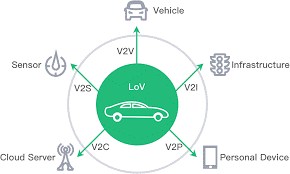
Fig 1: Cloud model
CHOICE OF DATA CENTER
Data center is mainly used for the project implementation of car manufacturer as to know who has the full access of the manufactured cars, and the developed hardware. Also, the users should know whether the selected services is suitable for the implementation and to work with the complex problems.
SYSTEM ARHITECTURE AND SOLUTION TO ISSUE
In vehicular platform of cloud, the manufacturer of cars can be a service providers for the enrichment of the services of cloud by offering several manufacturing information’s like engine information, fuel efficiency, power of the particular car manufacturing in which the served customers will enjoy the internet which is centralized in the services of the internet of cloud. Based on the scenario, the communication of the vehicles with the available data centers in which the required services of cloud can be easily located. This system of
Cloud and its technology allows for the car- to-car communication. The below architecture diagram shows the car manufacturing architecture in the cloud.
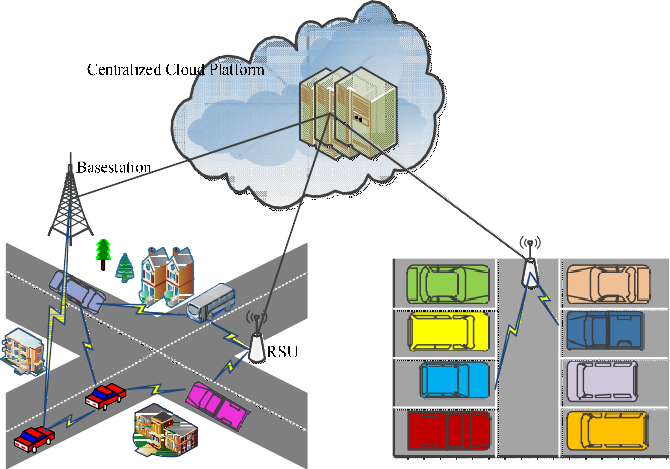
Fig 2: Vehicular Two –tier Cloud architecture (Lin Gu, 2016).
The first-tier in the architecture is the cloud computing internet platform that is the data centers and the second-tier comprises of the cloudlet of the vehicle. A user or the customer can get the services of the cloud from the data center of the first-tier or in the second-tier cloudlet. Compared to existing Internet cloud computing, the manufacturing of the vehicular cloud when compared to the internet of the cloud platform has various distinguishing characteristics.
IMPLEMENTATION
Using the Microsoft Azure cloud service, the car manufacturer system is implemented as follows:
INSTANCE
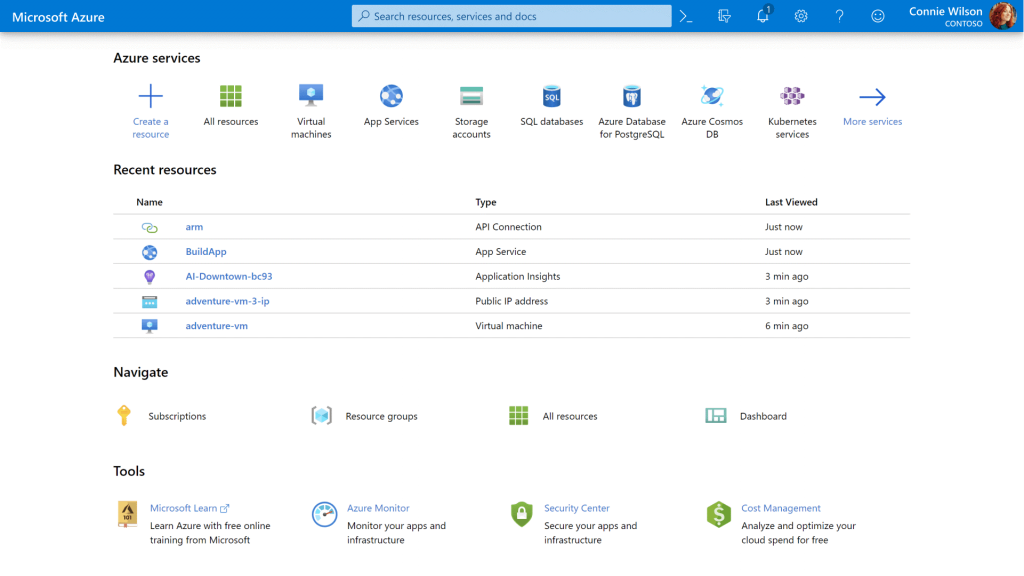
VIRTUALMACHINE
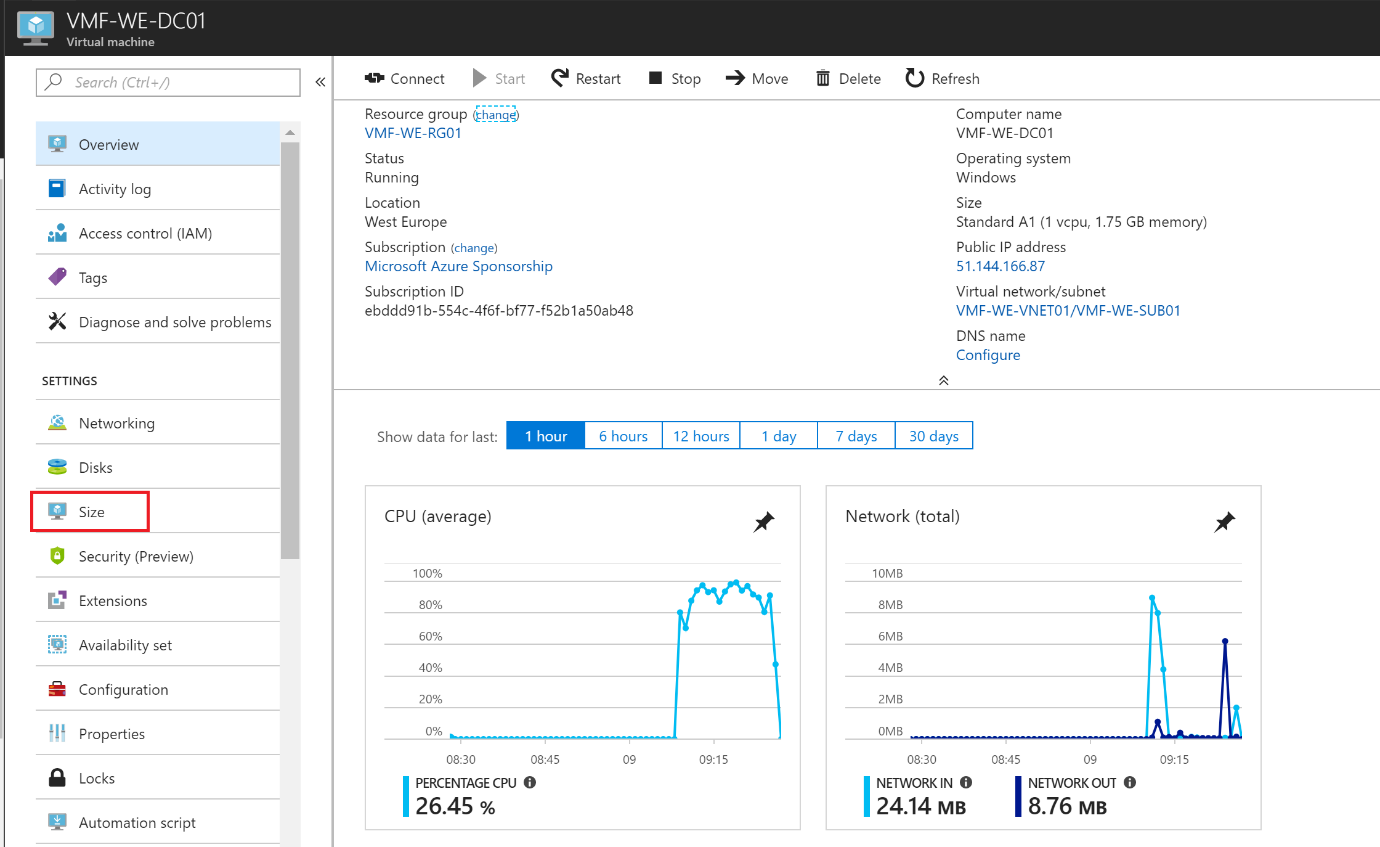
STORAGE AZURE
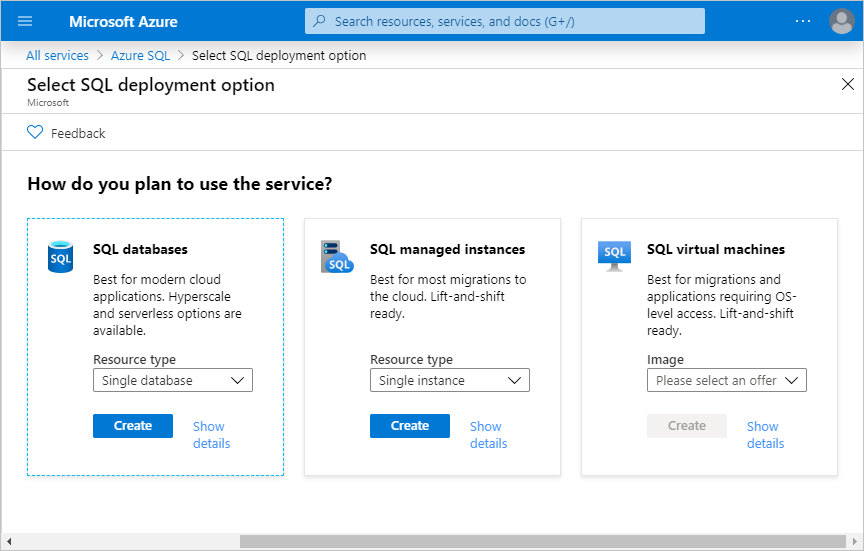
AUTOSCALLING
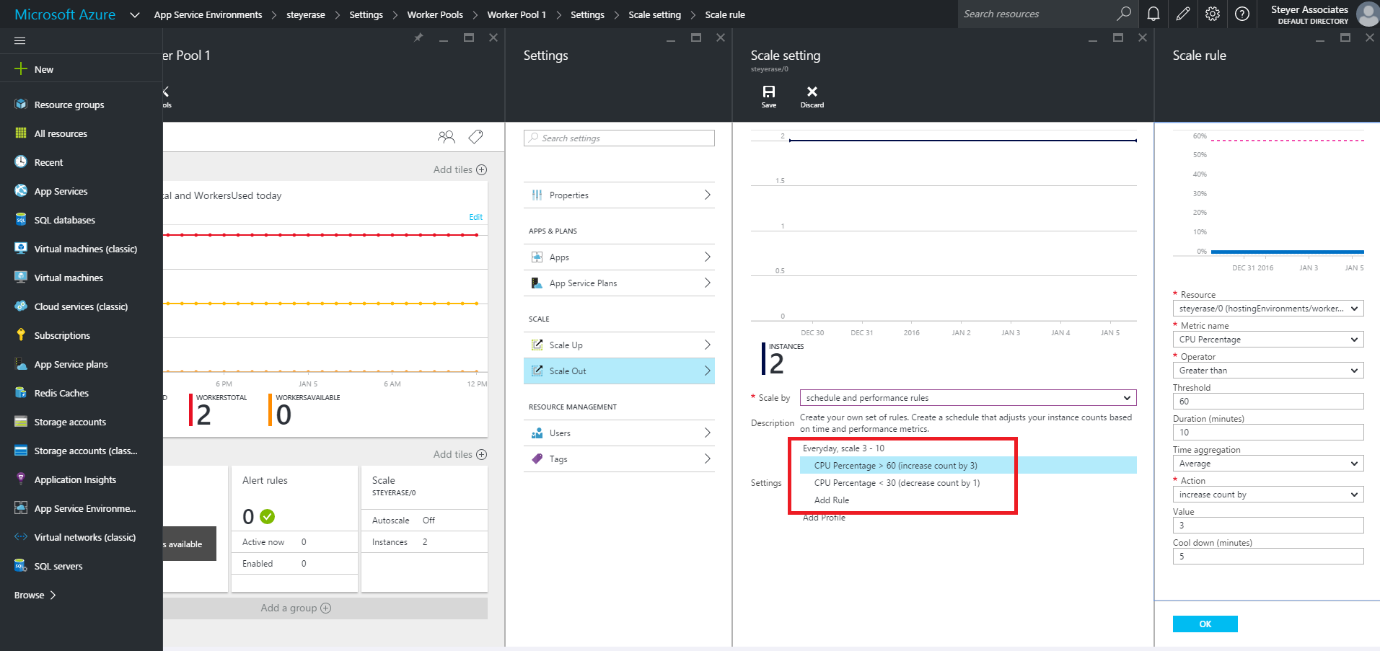
VIEW
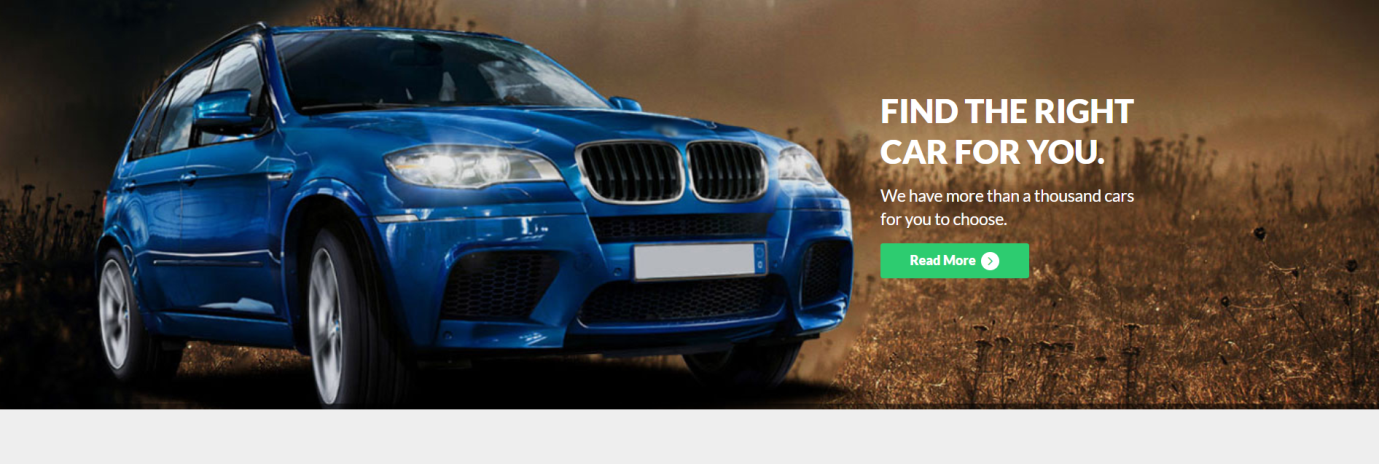
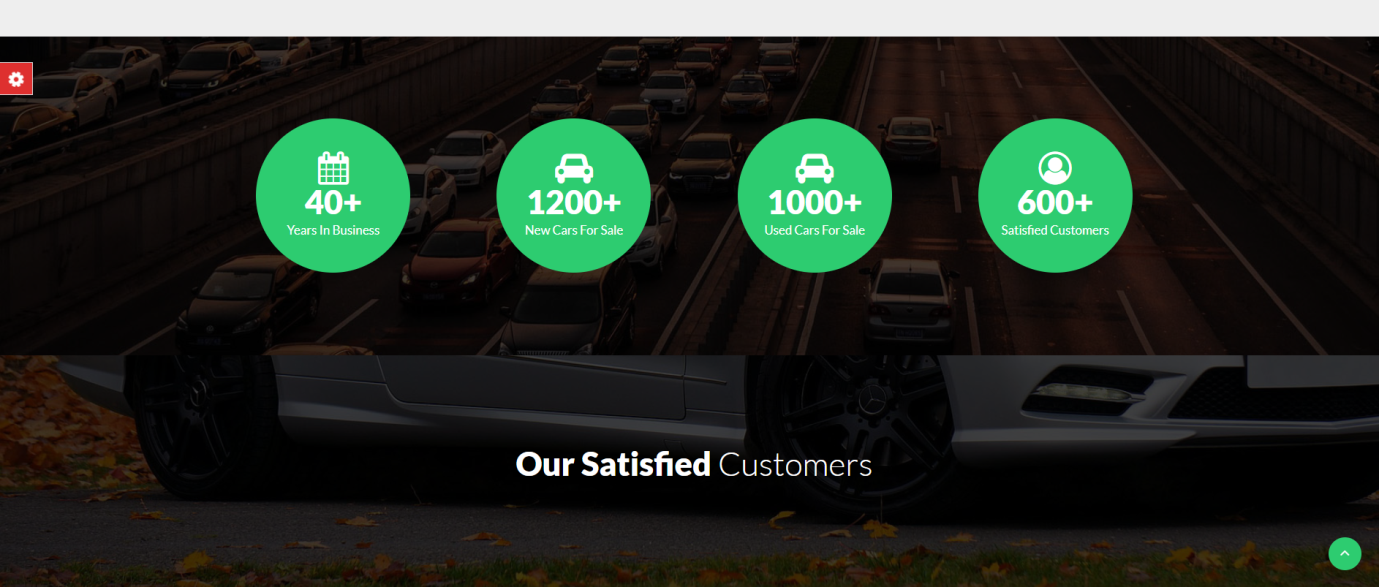
ANALYSIS AND REFLECTION
COST ESTIMATION
The cost estimation of each of the car company and the profit they attain is listed below.
| ITEM | VW | TOYOTA | CADILLAC | MERCURY | JEEP GRAND |
| Material cost | $ 34.05 | $ 38.90 | $56.09 | $48.67 | $38.90 |
| Labor cost | $12.12 | $11.18 | $13.09 | $15.17 | $14.78 |
| Labor burden | $ 23.50 | $27.09 | $67.09 | $23.00 | $16.90 |
| Tier 1 | $15.40 | $16.18 | $17.09 | $19.17 | $14.78 |
| Manufacturer | $26.89 | ||||
| Dealers markup | $12.14 | $11.18 | $13.09 | $15.17 | $14.78 |
| Cost of consumer | $120.41 | 67.90 | $13.09 | $15.17 | $14.78 |
| Cost of variable | $67.90 | $89.18 | $83.09 | $95.17 | $64.78 |
| Manufacturing variable cost | $77.98 | $89.18 | $89.09 | $75.17 | $54.78 |
| Cost of tier 1 | 1.90 | 1.89 | 2.0 | 1.9 | 2.4 |
| Cost of Markup manufacturing | 1.89 | 1.89 | 1.89 | 1.85 | 1.90 |
| Dealer | 12.0% | 12.0% | 12.0% | 12.0% | 12.0% |
The proposed project car manufacture system is implemented in the cloud platform. The cloud offers a numerous services in which each of the services offers great functionalities to the system. The functional and non-functional requirement s are gathered in order to the successful execution of the project. Also the risk factors and the cloud solutions are offered. The project is implemented with the Microsoft azure cloud services for the better efficient result.
CONCLUSION
In the recent years the automobile development became faster and it brings up the vehicular cloud computing vision, and is expected in order to introduce large benefit to the country. In this research, we given an introduction for the car manufacturing in cloud with the two-tier architecture. Based on the resources which has been used in several services, we can also divide them into four types. The key technologies that are enabled is also discussed. Finally, the potential and applications of the vehicular cloud is discussed and we classified them as several taxonomies. It is expected that the vehicular cloud will become the most dominant model in the applications of the mobile devices and it can also become a necessary of the human lives in the future.
REFERENCES
- D. Eckhoff, C. Sommer, R. German, and F. Dressler, 2016. “Cooperative Awareness at Low Vehicle Densities: How Parked Cars Can Help See through Buildings,” in Proceedings of the 2011 Global Telecommunications Conference (GLOBECOM), IEEEpp.1–6.
- Lin Gu, D. Z. a. S. G., 2016. Vehicular Cloud Computing: A Survey. Journal of Computer science and Engineering, pp. 1-6.
- N. Liu, M. L. G. C., 2017. PVA in VANETs: Stopped cars are not silent. 30th IEEE International Conference on Computer Communications, pp. 431-435.
- Olariu, M. A. a. S., 2016. Taking Vanetto the clouds. Proceedings of the 8th International conference on Advanced in Mobile computing and Multimedia, pp. 6-13.
- S.Arif, J. W. G. Y., 2015. Data cenetr at the airport. IEEE Transactions on Parallel and distributed systems, pp. 2067-2080.
Know more about UniqueSubmission’s other writing services:

